To all the space probes we’ve loved before: sorry! You fell into Saturn, drifted into deep space, suffocated in Martian dust — all for the greater good of science. Today, we’re memorialising the space explorers that met dramatic endings far, far from Earth.
Cassini, Saturn
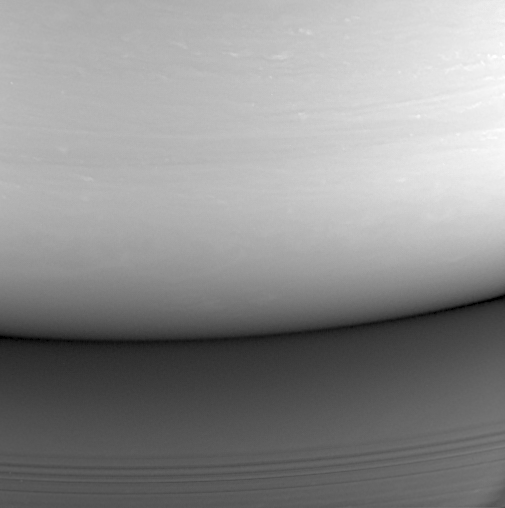
Cassini, after orbiting Saturn for 13 fruitful years, was decommissioned in 2017 in one of the most epic ways imaginable, as NASA engineers instructed the probe to plunge directly into the ringed planet. During its lifespan, Cassini illuminated alien realms where methane runs like water and geysers of ice blast into space. It also captured the hauntingly beautiful dance of Saturn’s moons, at least two of which — Titan and Enceladus — could potentially harbour life.
In its final days, Cassini was running out of fuel, and NASA didn’t want to risk an out-of-control probe crashing into (and contaminating) one of those moons. When Cassini hit Saturn’s atmosphere, it likely burned up and disintegrated within a few minutes, according to NASA. Along with other data it was taking during its fatal plunge, the spacecraft sent images back to Earth. The last image, above, depicts a looming Saturn — huge in Cassini’s field of view — that welcomes Cassini on its final fall. In the bottom of the image, the rings are visible. The top half of the image shows the planet at night, facing away from the Sun but still illuminated by light reflected off the rings.
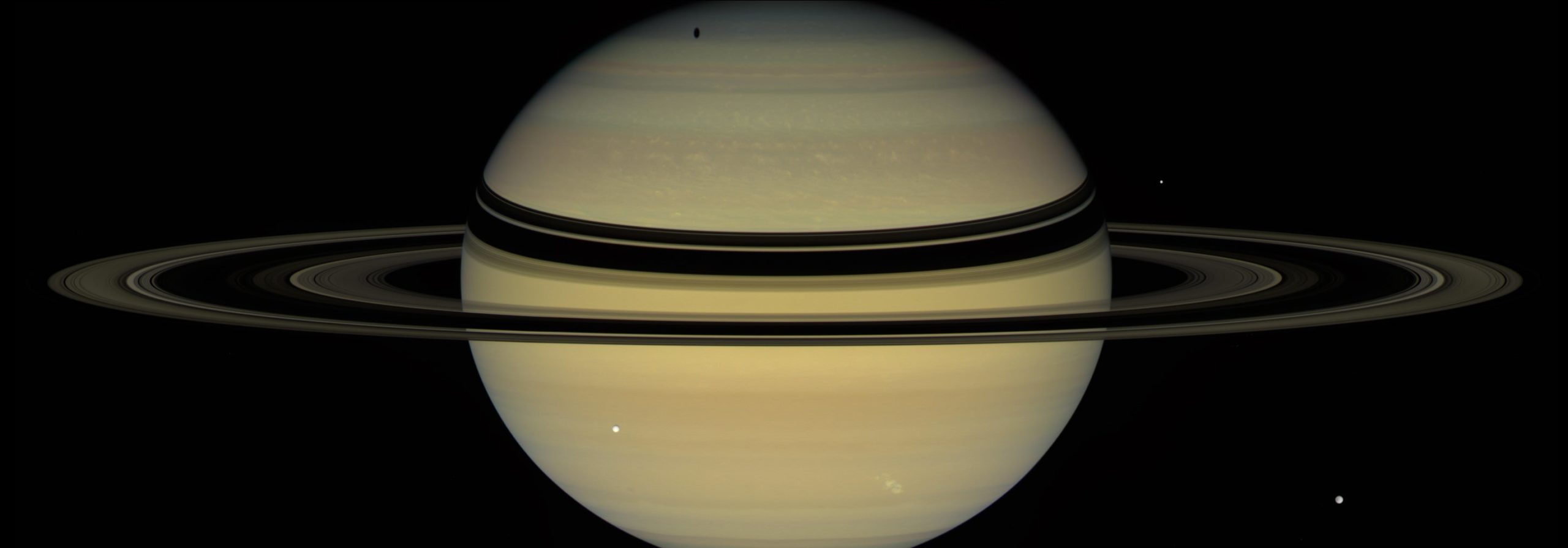
Opportunity, Mars

Talk about ominous. While Cassini’s final image covers a luminous swath of Saturn’s surface, the last view from NASA’s Opportunity rover was just a flicker of light through a dark Martian sky. Indeed, Opportunity’s watch ended with an intense dust storm in 2018, 14 years into the rover’s tenure on the Red Planet. Not much can be made out in the two images other than a slightly brighter spot in both. That’s the Sun, nearly blocked out by the planet-wide dust storm that sealed Oppy’s fate.

MESSENGER, Mercury
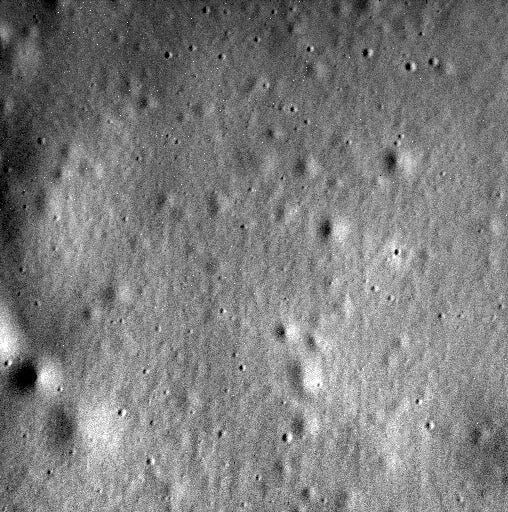
Orbiters tend go to out with more of a bang than rovers. Cassini’s plunge into Saturn’s atmosphere was thrilling, yes, but imagine the sound a craft would make hitting a rocky world’s surface at full speed. That’s what happened to NASA’s MESSENGER orbiter, the first spacecraft to ever orbit Mercury. It encircled the closest planet to the Sun for four years (three more than planned!), culminating in its greeting the world head-on. On April 30, 2015, MESSENGER transmitted an image of Jokai, a crater about as wide as the English Channel. It was the last image the trailblazing spacecraft would send; later that day, it crashed just north of the planet’s Shakespeare basin. It was pretty dramatic — the bard would’ve been proud.
Huygens, Titan
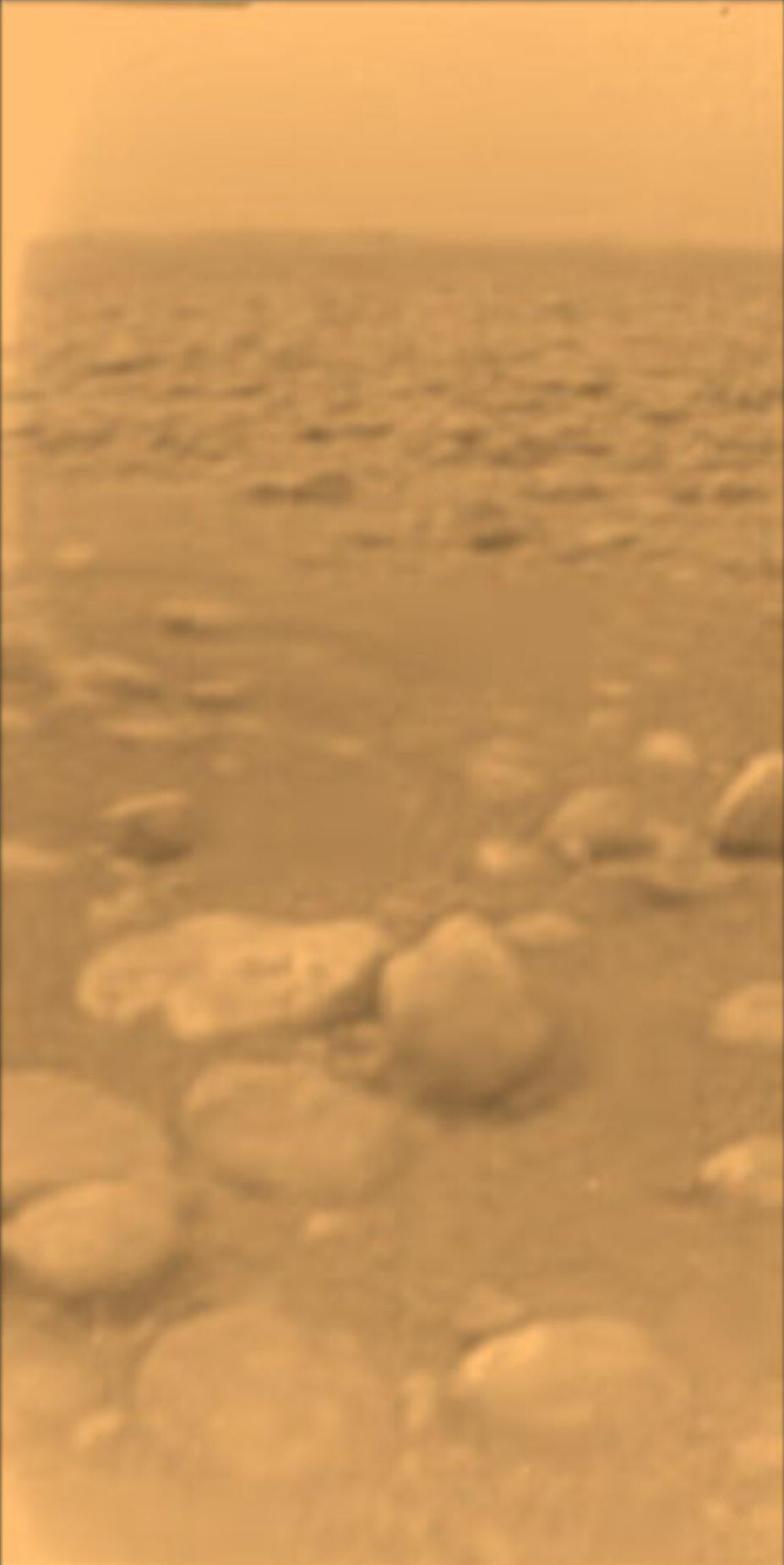
Having piggybacked to Saturn aboard Cassini, the Huygens probe was charged with descending through the atmosphere of Titan, Saturn’s largest moon, which some astrobiologists believe could host microbial life. During its parachute-slowed descent on January 14, 2005, Huygens collected information on Titan’s atmosphere, wind, electromagnetic activity, and chemistry. Once the probe landed — scientists weren’t sure if the surface would be liquid or solid; it turned out to be the latter — it began snapping images of its alien surroundings. Titan remains the most distant surface humans have landed a spacecraft on. Huygens transmitted data from this spot for just over an hour before going silent.
Venera 13, Venus
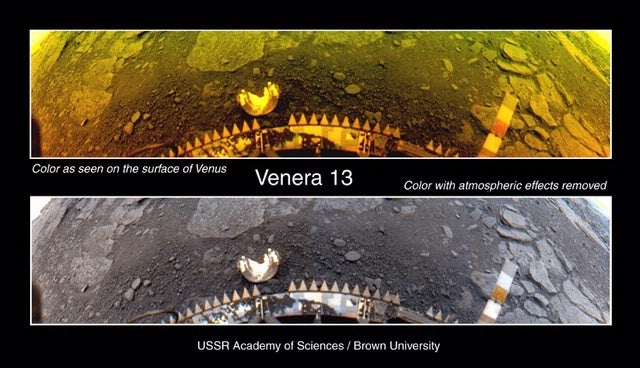
Decades before the other missions on this list, the USSR launched a series of probes to Venus. The Venera program (Russian for “Venus”) ran from 1961 to 1983 and included a number of flyby spacecraft, orbiters, and landers. Four of those landers — Venera 9, 10, 13, and 14 — returned images from the Venusian surface. But Venera 13’s images were the first in colour.
Venus’ surface is nearly 900 degrees Fahrenheit, with the pressure of many dozens of Earth atmospheres. Venera 13 survived only about two hours on the hostile planet, sending panoramic images back to Earth. One of those images was in colour: The landscape appears yellow due to the dense atmosphere. A version of the image with those atmospheric effects removed reveals a stretch of rock and dusty terrain, but not much else. A discarded lens cap and the rim of the lander are visible at centre.
While NASA made it to Venus with the Magellan mission, the spacecraft never reached the planet’s surface. In 1994, it dove into Venus’ atmosphere, where it burned up. Hopefully the agency’s upcoming missions to Venus — VERITAS and DAVINCI+ — provide us better views of Venus’ inhospitable terrain.
Beresheet, the Moon
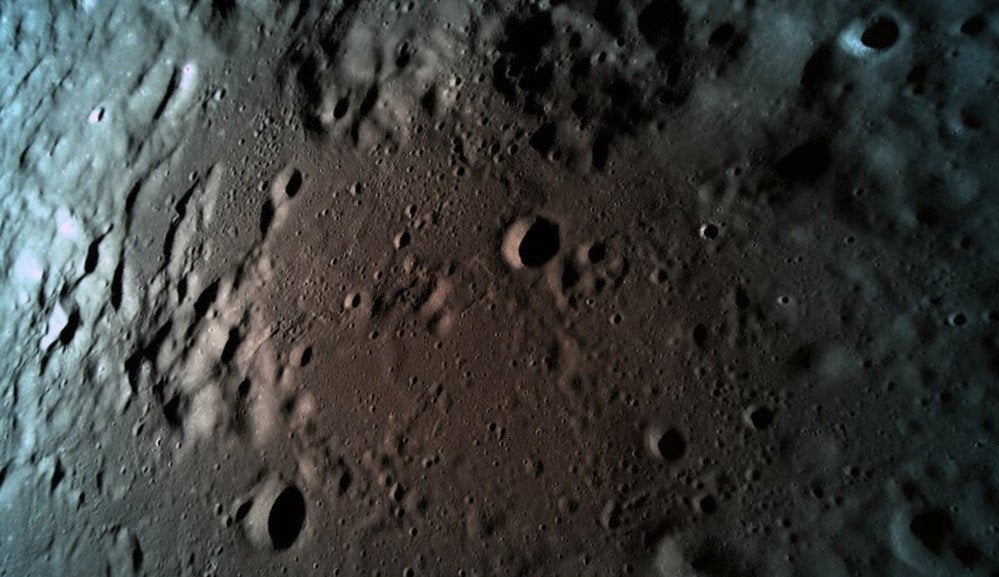
In 2019, Israel’s Beresheet lunar lander suffered a glitch during descent that prevented the craft from slowing down for a gentle landing. Instead, the probe crashed into the surface, ending the mission before it could even begin. Had the Beresheet mission had been successful, it would’ve been the first privately built spacecraft to land on the Moon. Now, it seems that honour will belong to SpaceX, though hurdles remain.
Spirit, Mars
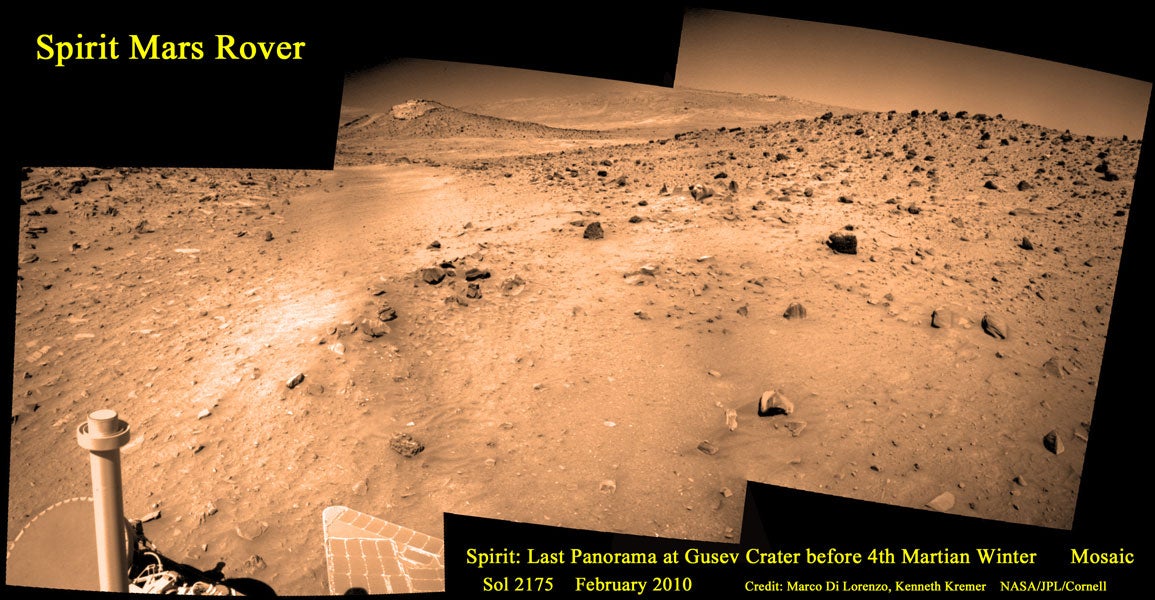
Like many of NASA’s Mars rovers, Spirit stayed operational well past its expected lifespan. And when it finally did succumb to the Red Planet’s hospitality, it wasn’t the extremely thin atmosphere or frigid temperatures that did it in. It wasn’t even an intense dust storm like the one Opportunity faced. Nope, it was some soft dirt that acted like quicksand, trapping Spirit in place in May 2009. By January 2010, Spirit had been reclassified as a stationary science instrument.
But the rover — ahem, stationary science instrument — was stuck at such an angle that it wasn’t getting enough power from its solar panels. In March 2010, Spirit went quiet, and NASA hasn’t heard from the rover since. Its last panorama shows the crater that became its final resting place. Perhaps when humans one day get to Mars, they can finally set the rover free.
Voyager, the Outer Solar System
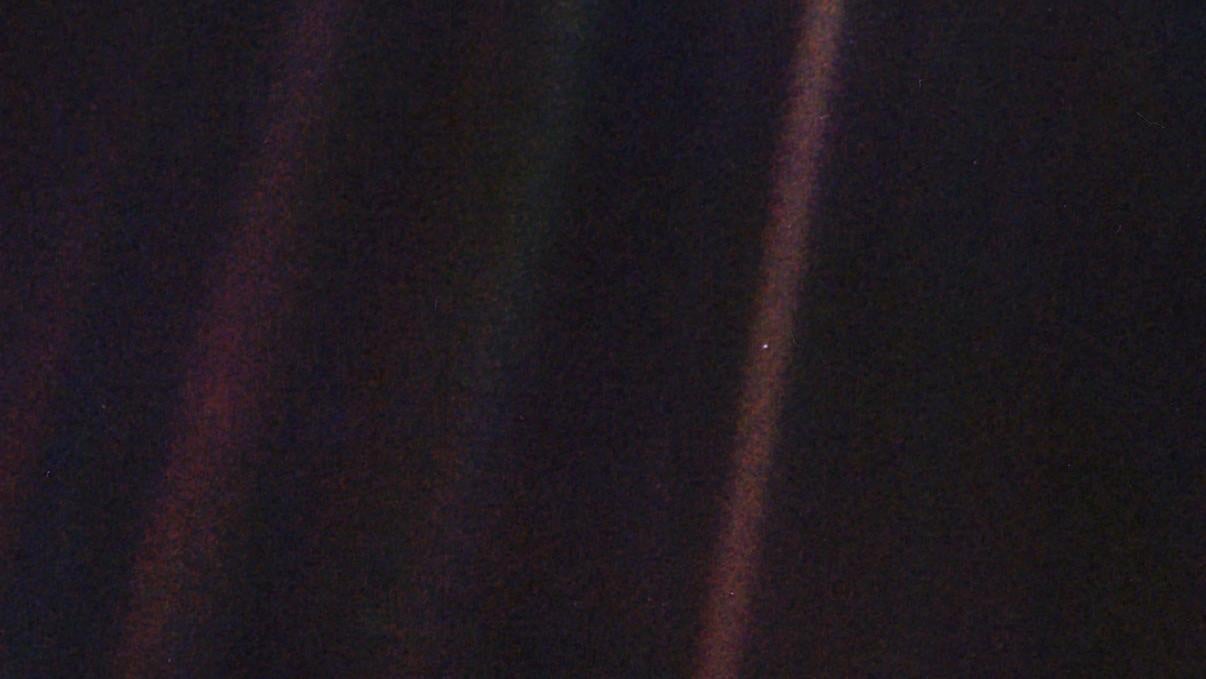
Though they’re not truly dead, the Voyager probes are on a one-way mission out of the solar system, and their last images were captured in 1990. The picture above was taken in February 1990, when Voyager 1 — the farthest human-made object — was 3.7 billion miles from the Sun, just 30 days before the craft shut down its cameras to conserve energy for the long journey ahead. (The spacecraft is still chugging along, now 14.2 billion miles from the Sun and detecting all kinds of weird phenomenon.) This blurry image was Carl Sagan’s idea; he had suggested to NASA that one of the Voyager probes look back at Earth, revealing our world as a “pale blue dot” in the vastness of space. This unparalleled portrait of humanity was captured just half an hour before Voyager shut down its cameras. Worth it? Beyond the shadow of a doubt.
